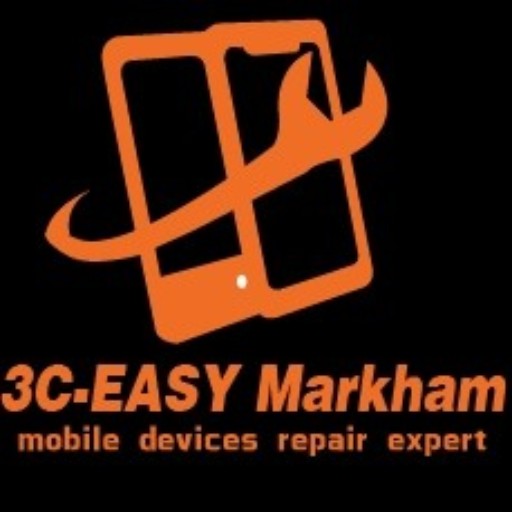The Evolution of Smartphone Charging: From Slow to Super-Fast
Smartphone charging technology has evolved rapidly to keep pace with the increasing demands of modern devices. What began as basic, slow USB charging has transformed into fast, efficient, and even wireless options that cater to our fast-paced lives. This blog explores the key developments in smartphone charging, current trends, and what the future might hold.
1. Early USB Charging
Initially, mobile phones used basic USB chargers with a low power output of around 5W. Since early mobile phones were primarily used for calls and texts, their battery consumption was low, and the need for faster charging wasn't pressing. However, as smartphones gained features like touchscreens, internet connectivity, and multimedia capabilities, charging times became a significant concern. Overnight charging sessions were common, and faster charging solutions were needed to match the growing power demands.
2. Introduction of Fast Charging
Fast charging emerged as a game-changing innovation in the smartphone industry. Companies like Qualcomm introduced Quick Charge technology, increasing the power output to 18W or higher, significantly reducing the time required to charge a smartphone. Fast charging protocols became a standard feature, with brands like OnePlus (Dash Charge), Samsung (Adaptive Fast Charging), and Apple integrating fast charging capabilities into their devices. This development allowed users to top up their battery levels in just a few minutes, rather than hours, making fast charging a crucial feature for busy lifestyles.
3. Wireless Charging Adoption
Wireless charging technology gained traction with the development of the Qi standard, which uses electromagnetic fields to transfer energy between a charging pad and a smartphone. Although initially slower than wired charging, wireless charging has seen significant improvements. Apple's adoption of wireless charging in the iPhone 8 and iPhone X helped popularize the technology, and many flagship smartphones now support it. Innovations like Apple’s MagSafe, which uses magnets to align the charging coil perfectly, have made wireless charging more efficient and user-friendly.
4. Super-Fast Charging Innovations
The latest advancements in charging technology have pushed speeds to new limits. Companies like Xiaomi, Oppo, and Realme have developed super-fast charging methods capable of delivering up to 120W or even 200W of power. These innovations can charge a smartphone from 0% to 100% in just 10-20 minutes. This rapid charging relies on specialized chargers, reinforced cables, and advanced battery technology designed to handle high power levels safely. The introduction of GaN (Gallium Nitride) chargers, which are more efficient and compact than traditional chargers, has further accelerated the adoption of super-fast charging.
5. Future Trends in Smartphone Charging
The future of smartphone charging promises even more innovative developments. Concepts like over-the-air charging, which would allow devices to charge wirelessly within a certain range, are being explored. This technology could eliminate the need for cables and charging pads altogether. Solar-powered smartphones, equipped with integrated solar panels, could offer a sustainable charging option, although current solar technology is not yet efficient enough to power smartphones fully. Additionally, advancements in battery technology, such as the use of graphene, could lead to batteries with higher energy densities, faster charging capabilities, and longer lifespans.
Conclusion
The evolution of smartphone charging has made significant strides, from basic USB charging to fast, wireless, and ultra-fast solutions. As technology continues to advance, the future of smartphone charging looks set to become even more efficient, convenient, and innovative, making it easier than ever to keep our devices powered and ready to go.







